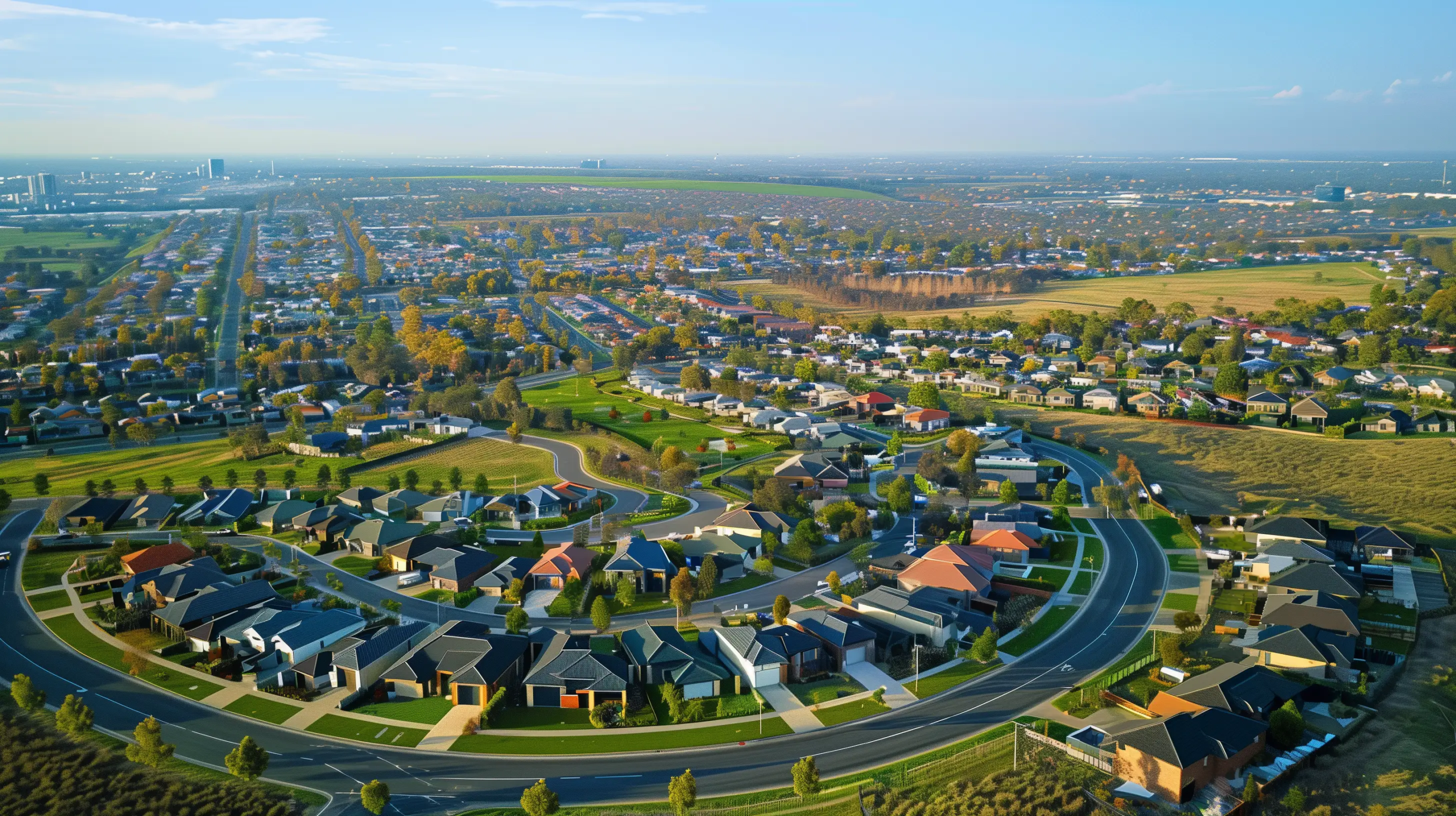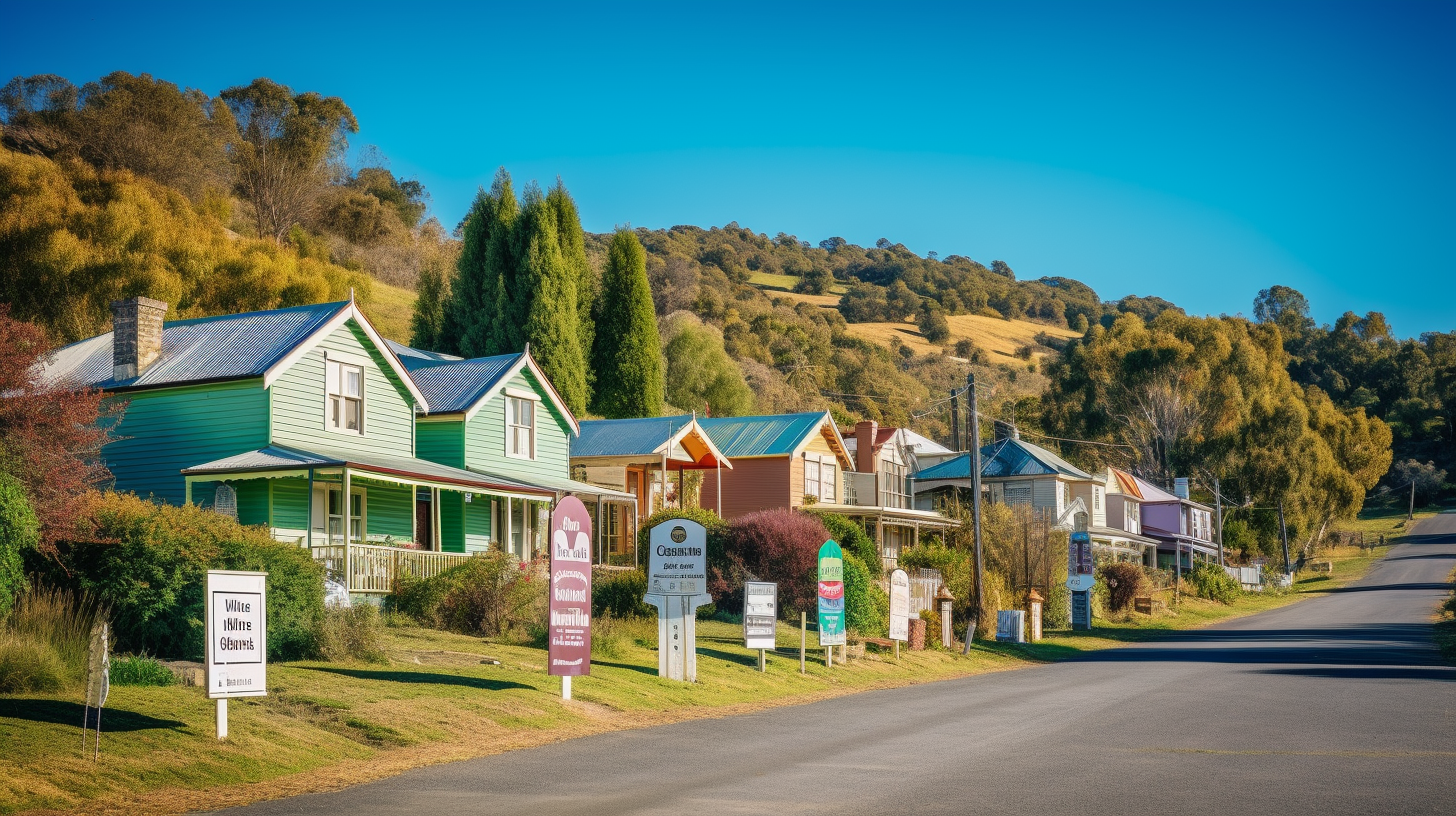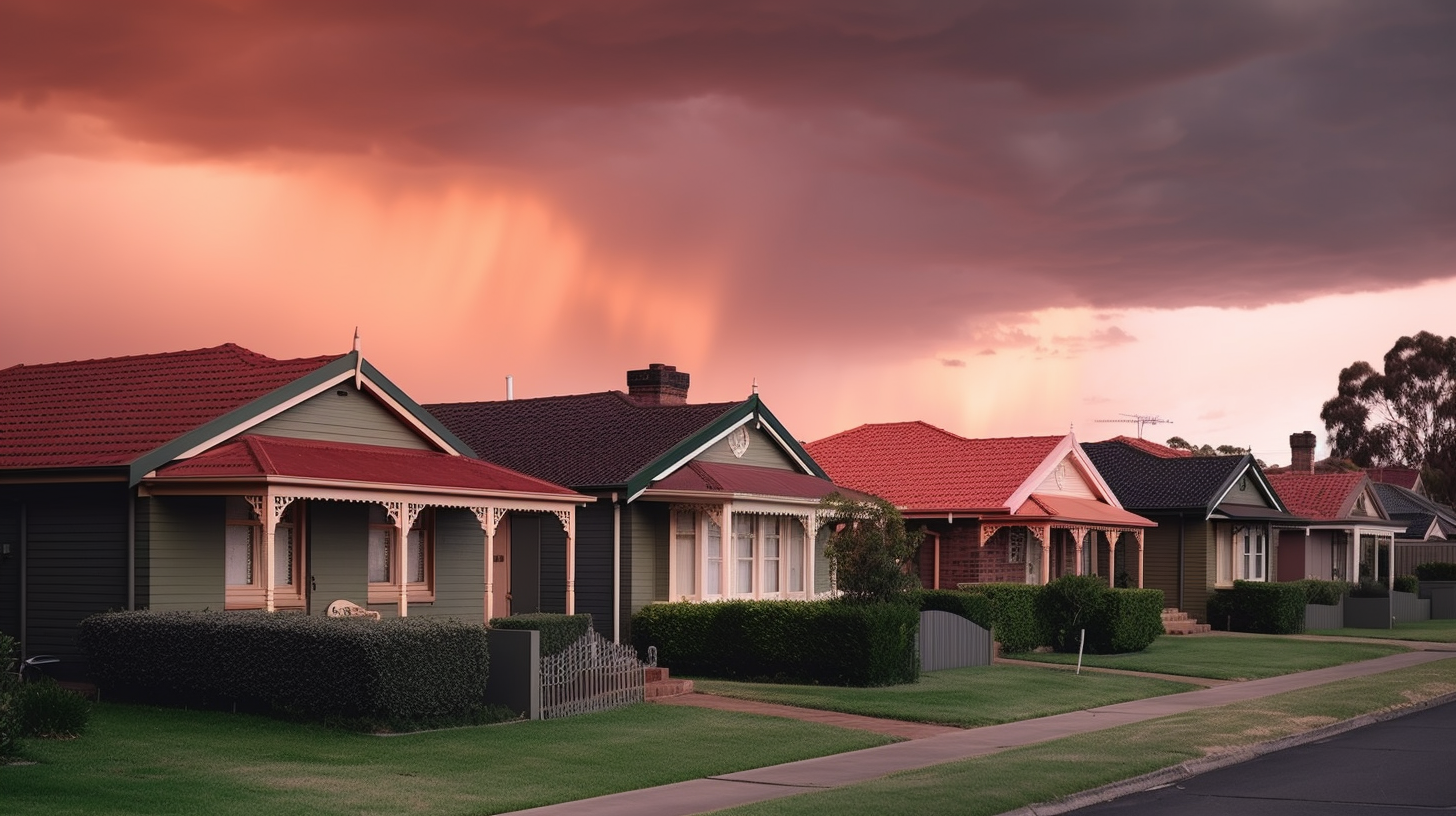Unexpected Suburbs Lead Melbourne’s Housing Market Boom
June 17, 2025

Description:
Suburbs in Melbourne’s west and outer regions are defying expectations with significant property price growth. This article explores the top-performing areas, reasons behind the surge, and what it means for buyers and investors.
Keywords:
Melbourne housing market, Albion property growth, affordable suburbs Melbourne, western suburbs Melbourne, Melbourne property trends 2025, outer suburbs real estate, property price growth Melbourne, gentrification Melbourne, Sunshine Airport Rail Link
While much attention is typically placed on Melbourne’s inner-city property hotspots, it’s the unexpected achievers in the outer and western suburbs that are now taking the spotlight. Over the last quarter, suburbs like Albion, Ardeer, and Knoxfield have recorded some of the most significant price increases across the city.
Among them, Albion, located just 14 kilometres west of Melbourne’s CBD, saw a 5.2% rise in median house prices—equating to approximately $36,537—making it one of the top-performing suburbs, according to data from Cotality (formerly CoreLogic).
Local resident Katie Connolly, who has lived in Albion for 13 years, said the suburb has everything a growing family needs: schools, parks, community clubs, and convenient transport options including proximity to Albion station and the upcoming Sunshine Airport Rail Link. Now looking to upsize, the Connollys are staying within the suburb they’ve come to love.
Other nearby suburbs such as Keilor Downs, Derrimut, Kealba, and Ardeer also showed robust growth, reinforcing the rising appeal of Melbourne’s west. Even in the outer eastern regions, Knoxfield and Lysterfield recorded similar upward trends with increases of 5.2% and 4.9%, respectively.
The top performer overall was the affluent Hampton East, which posted a 6% increase. However, this was a rare exception among the higher-end suburbs, many of which underperformed.
Cotality’s Eliza Owen suggests that rising interest rates have not yet sufficiently closed the gap between borrowing capacity and high property values in more expensive areas, leading buyers to seek more affordable family homes further from the city center.
Meanwhile, premium suburbs like Caulfield, Glen Huntly, and Portsea experienced declines of up to 3.7%, indicating a shift in market sentiment toward value-for-money locations.
Economists point to rising building costs and affordability pressures as major reasons behind this trend. Buyers are increasingly opting for established homes in outer suburbs rather than taking on the financial strain of building or renovating.
The gentrification of the mid- and outer-western suburbs is also playing a part. Former inner-west residents from areas like Yarraville and Seddon are moving to more budget-friendly areas like Albion, contributing to a slow but noticeable transformation of these communities.
Real estate agents describe suburbs like Albion as undervalued gems, with strong amenities, good schools, freeway access, and a close-knit community vibe that appeals to families and first-home buyers alike.
As Melbourne’s property dynamics shift, it’s clear that the real opportunities may no longer lie in its traditional blue-chip suburbs—but in the unexpected achievers on the city’s growing edges.


